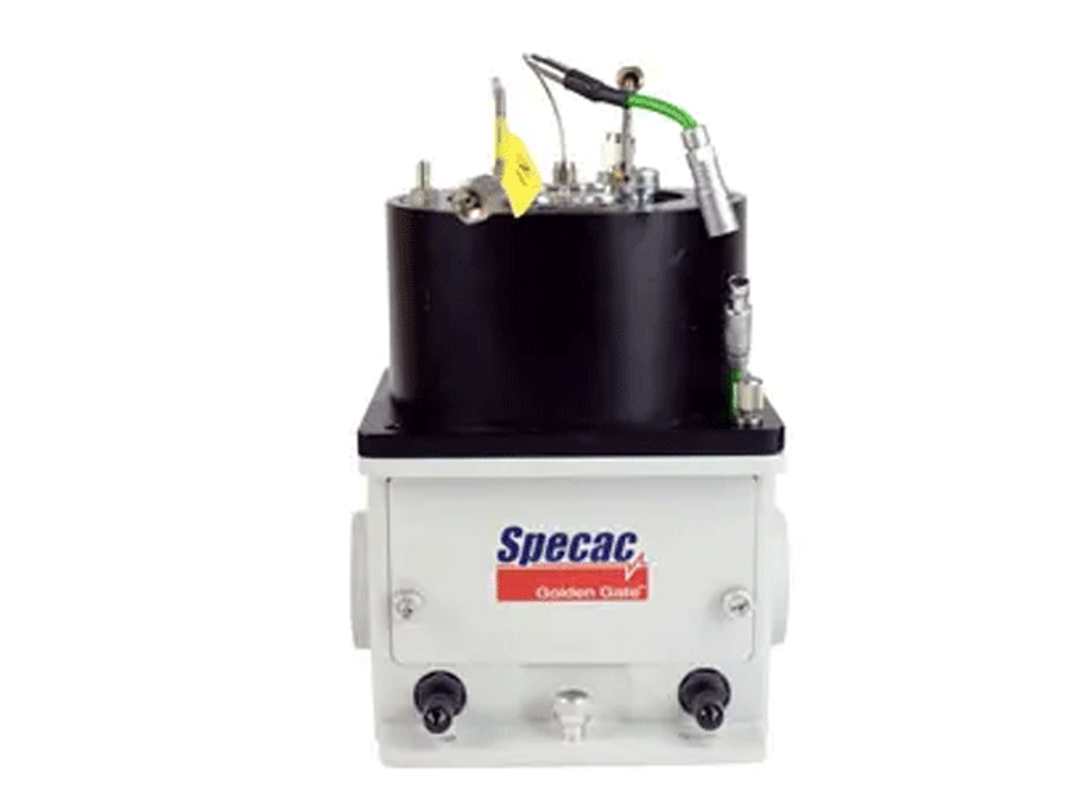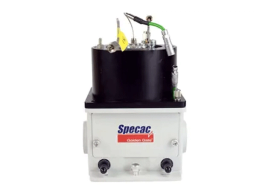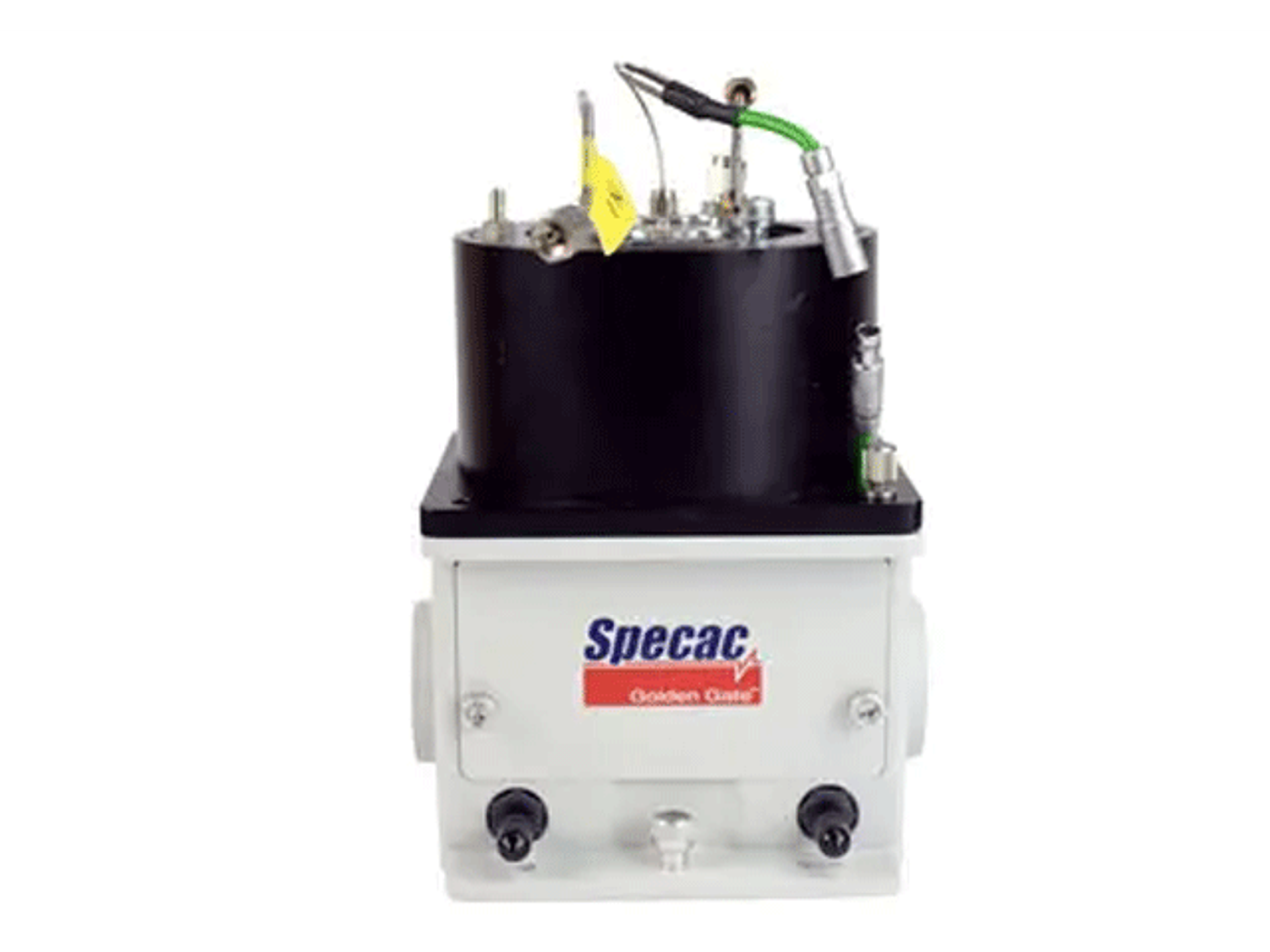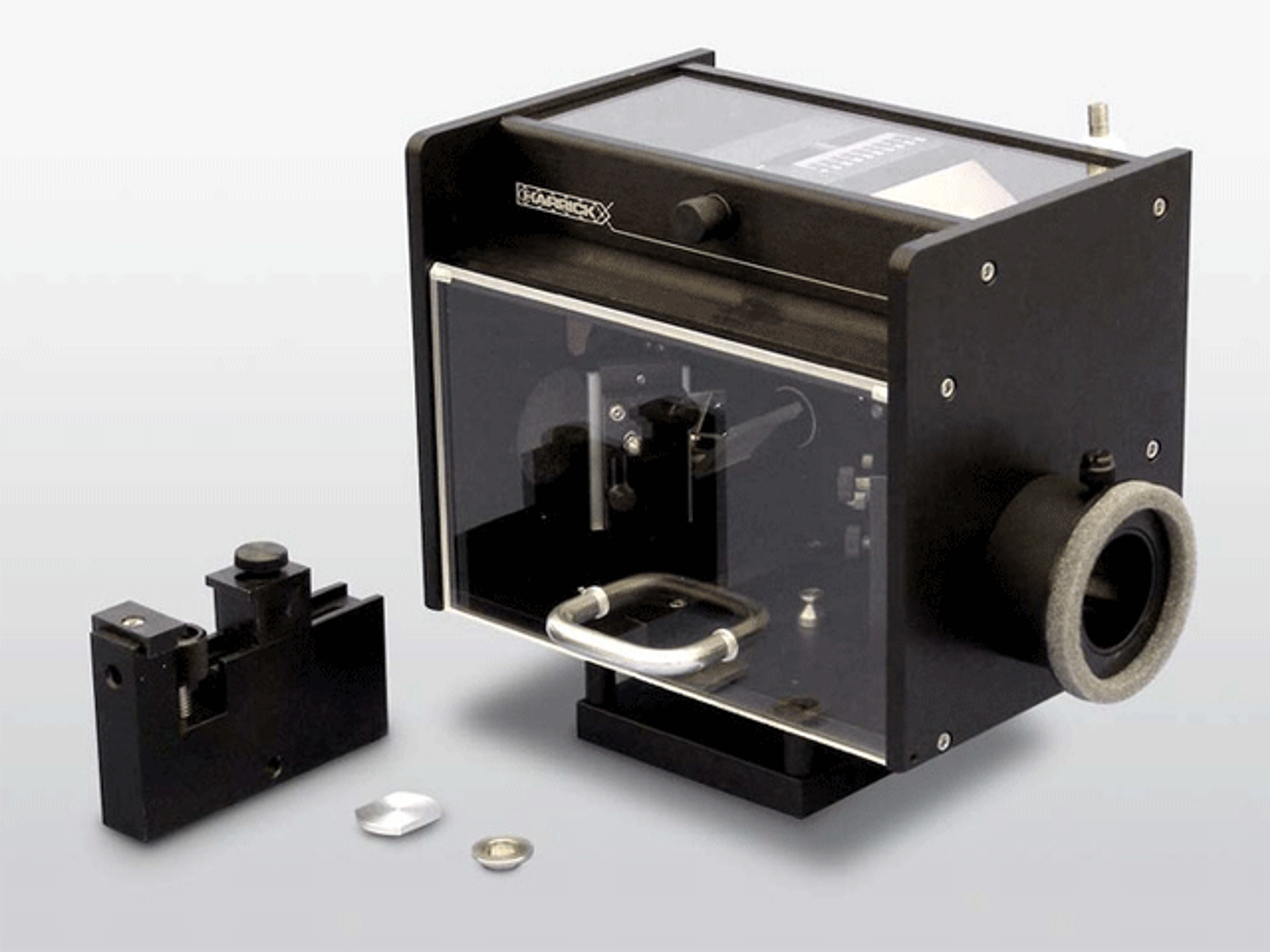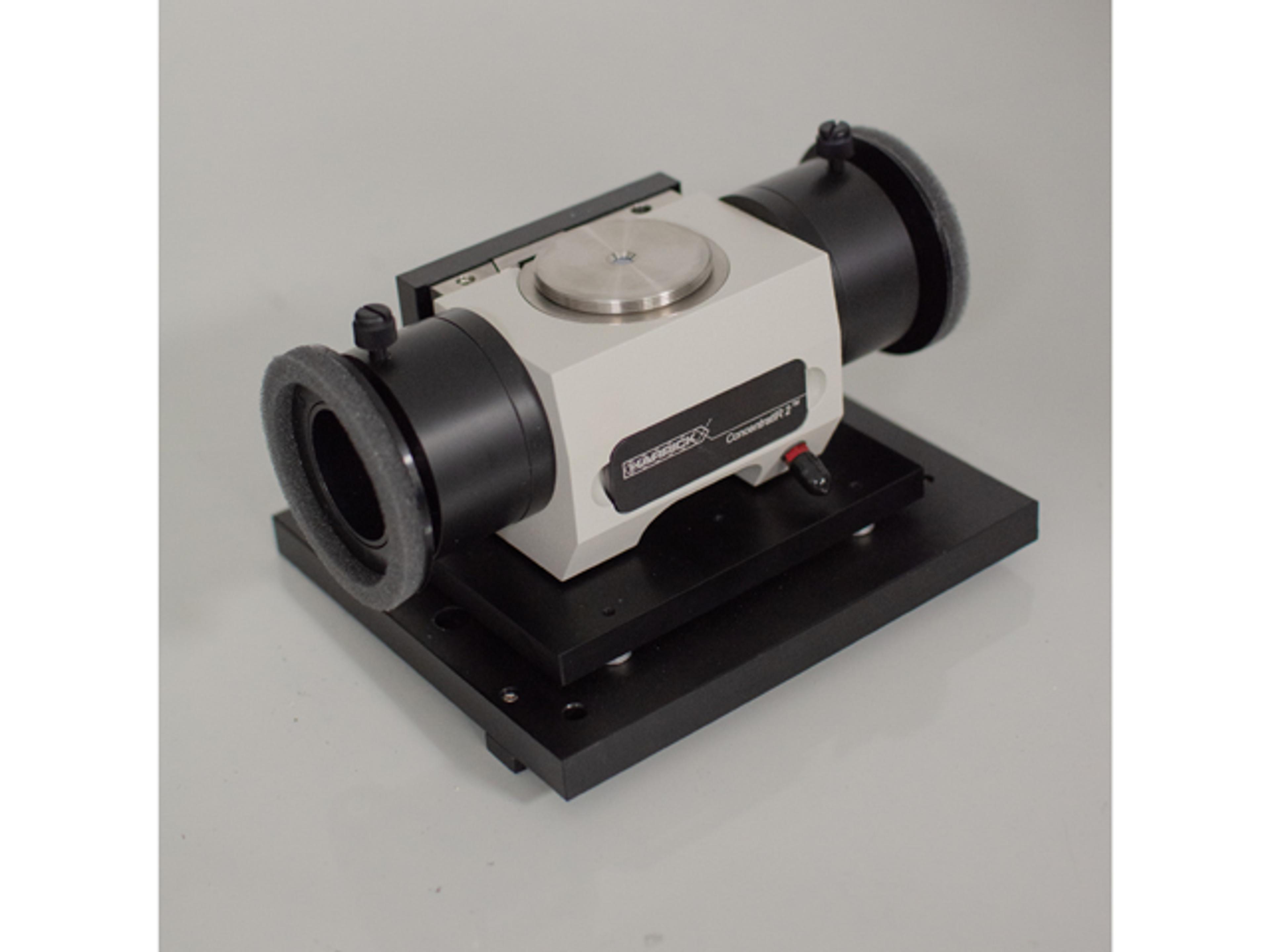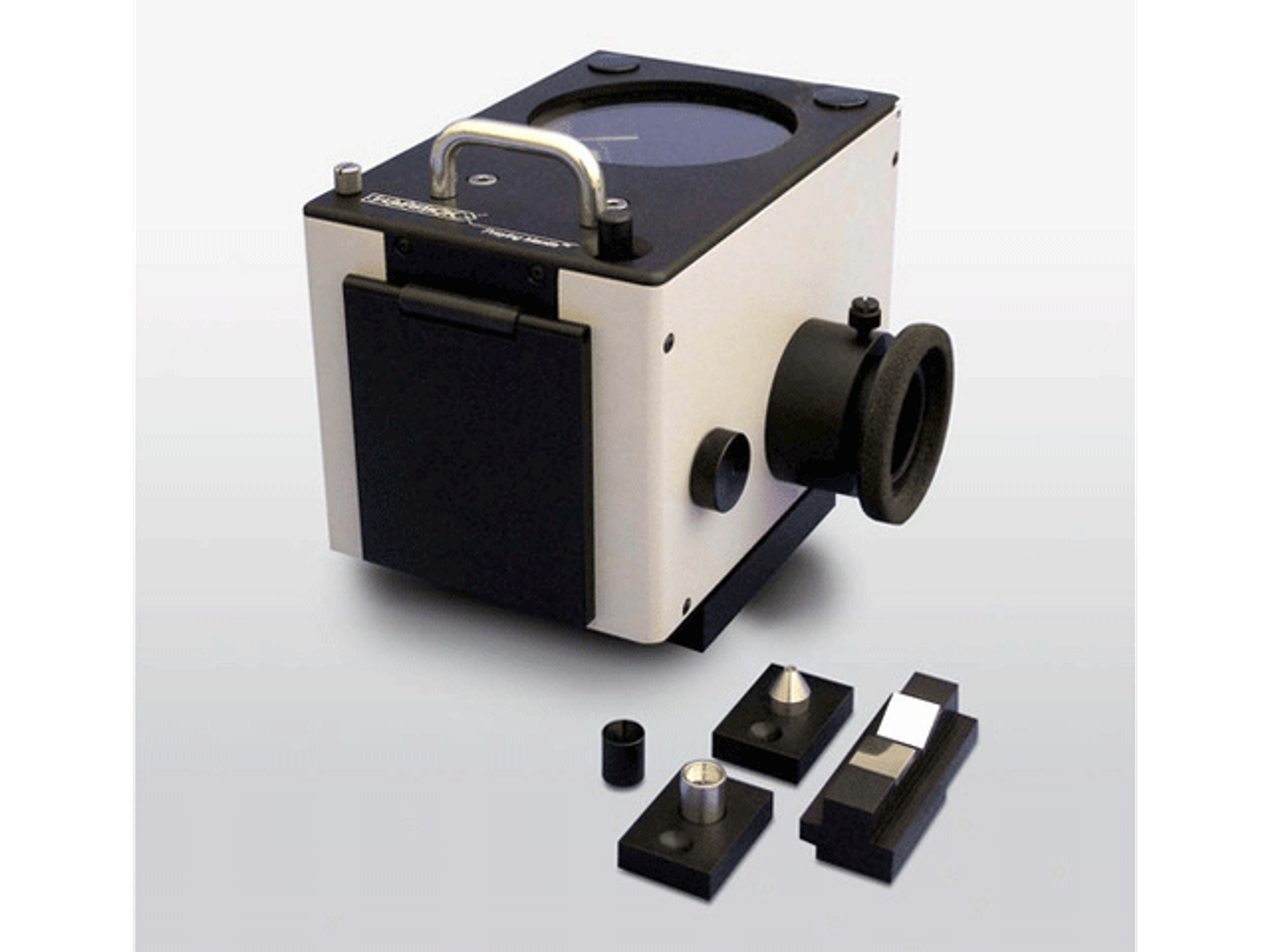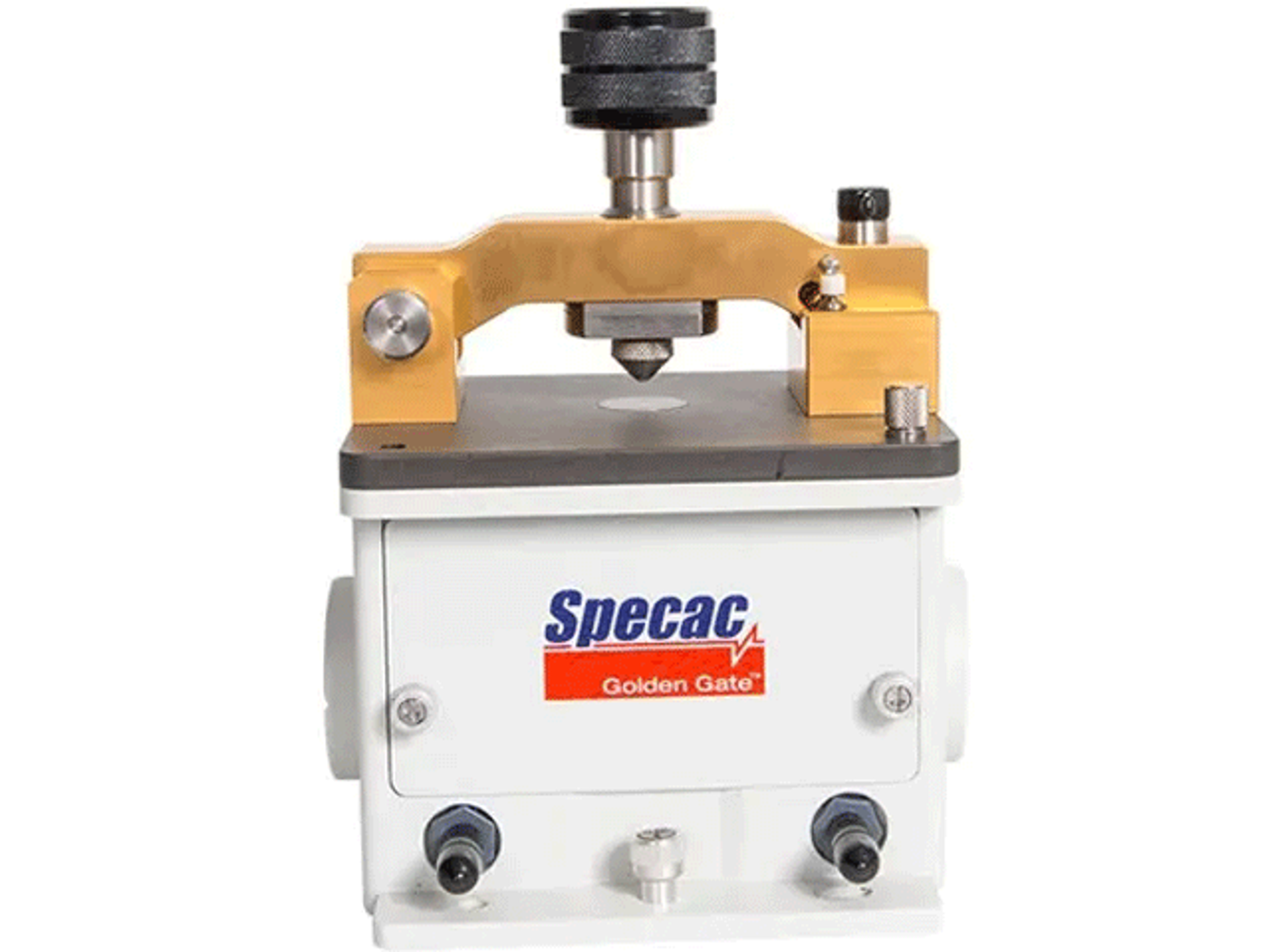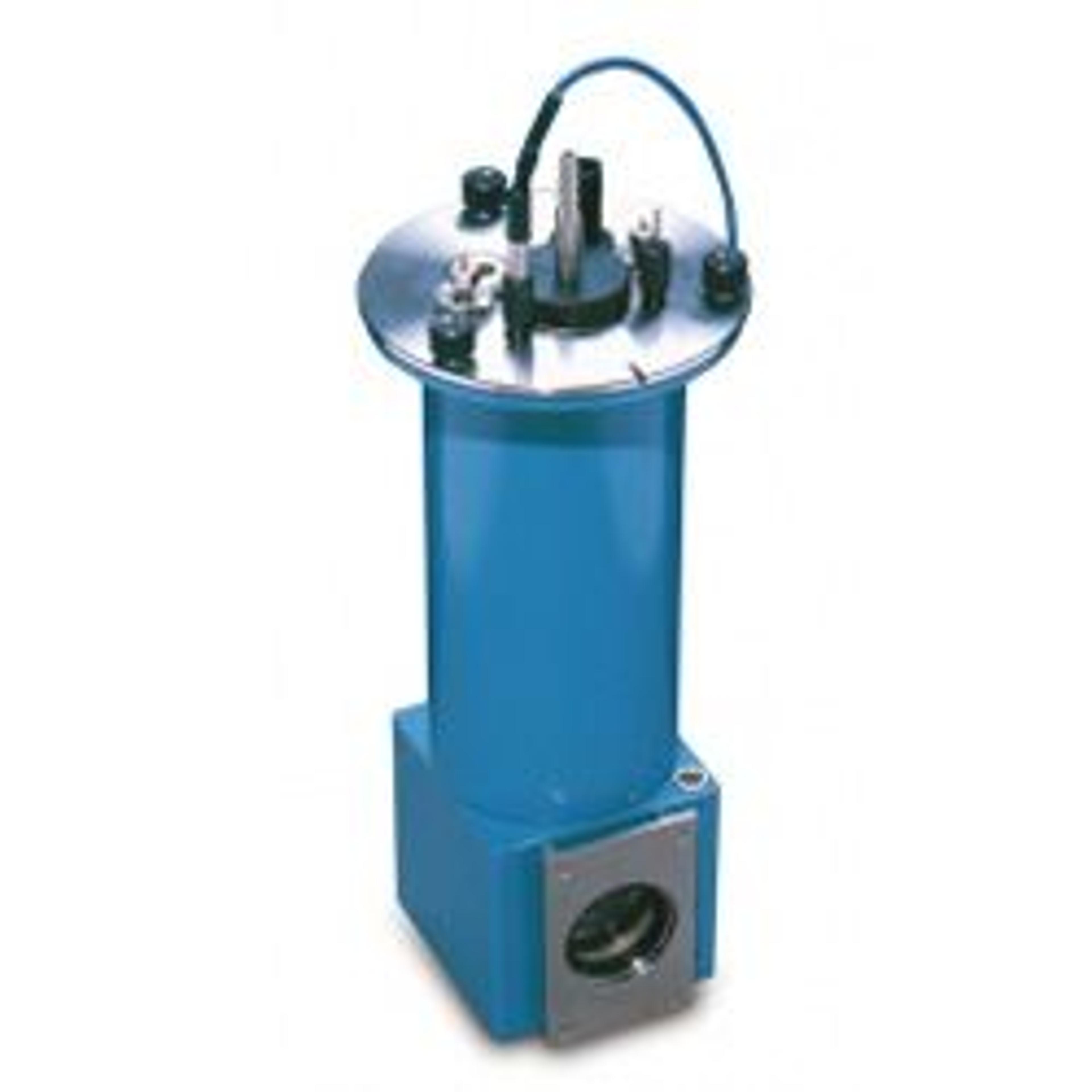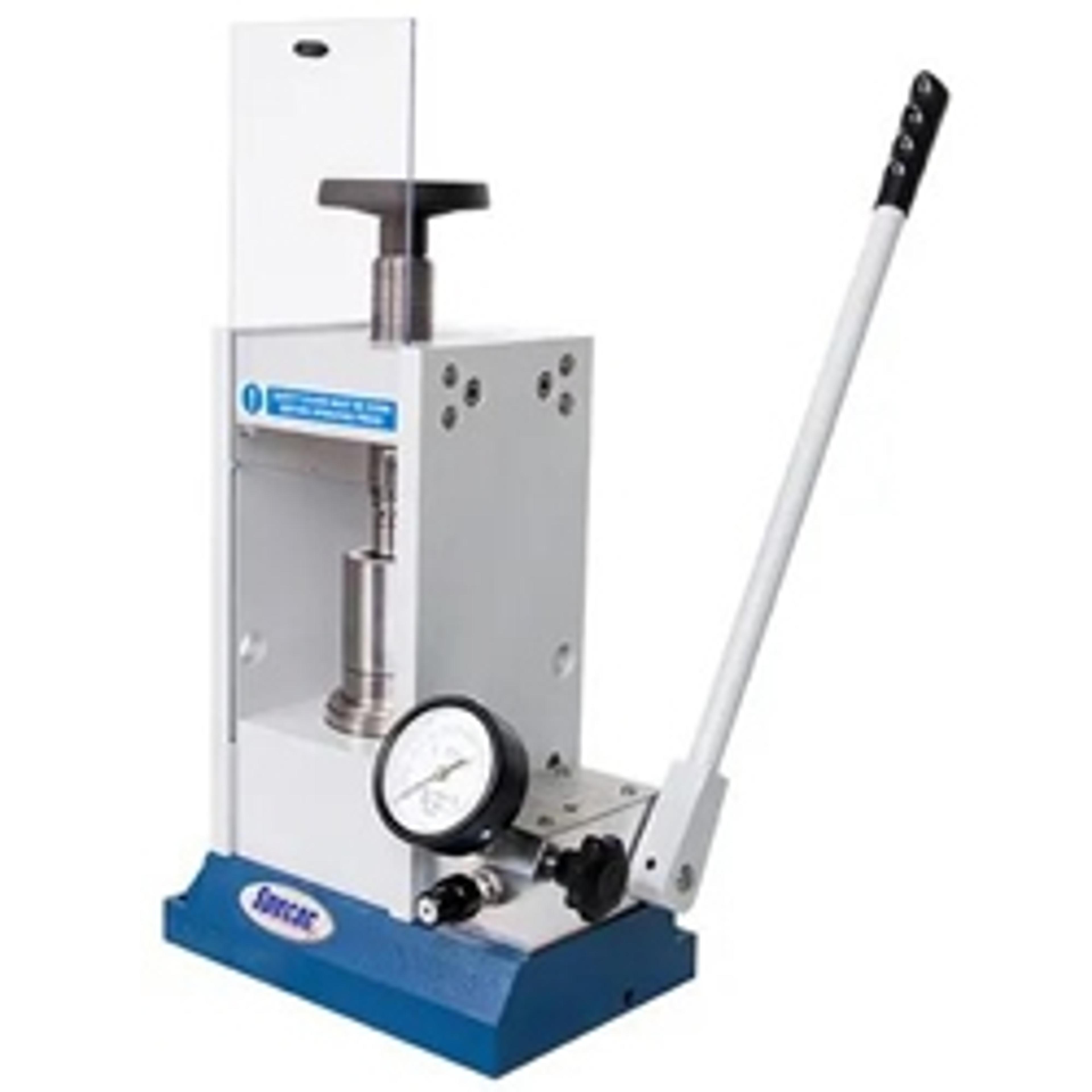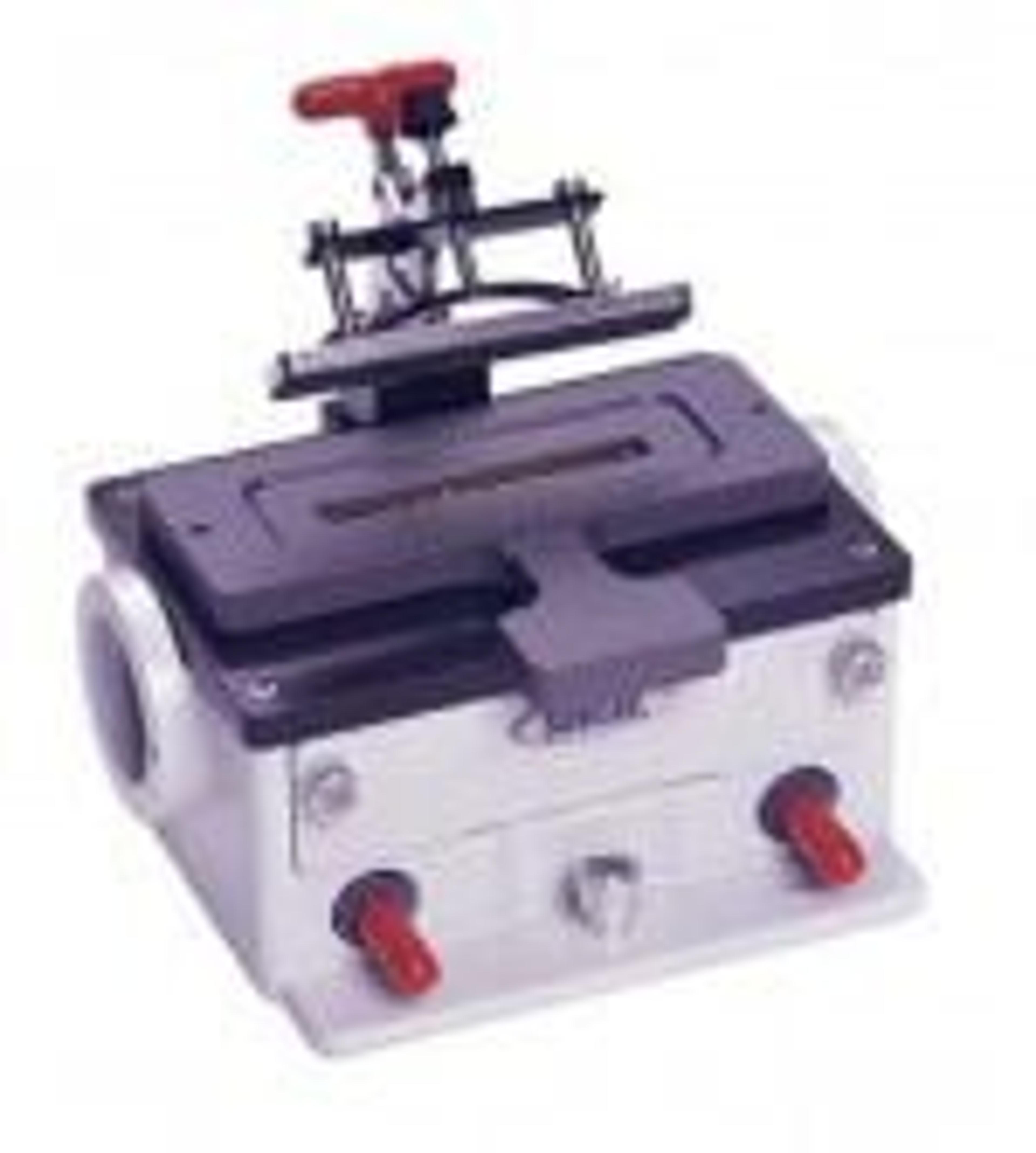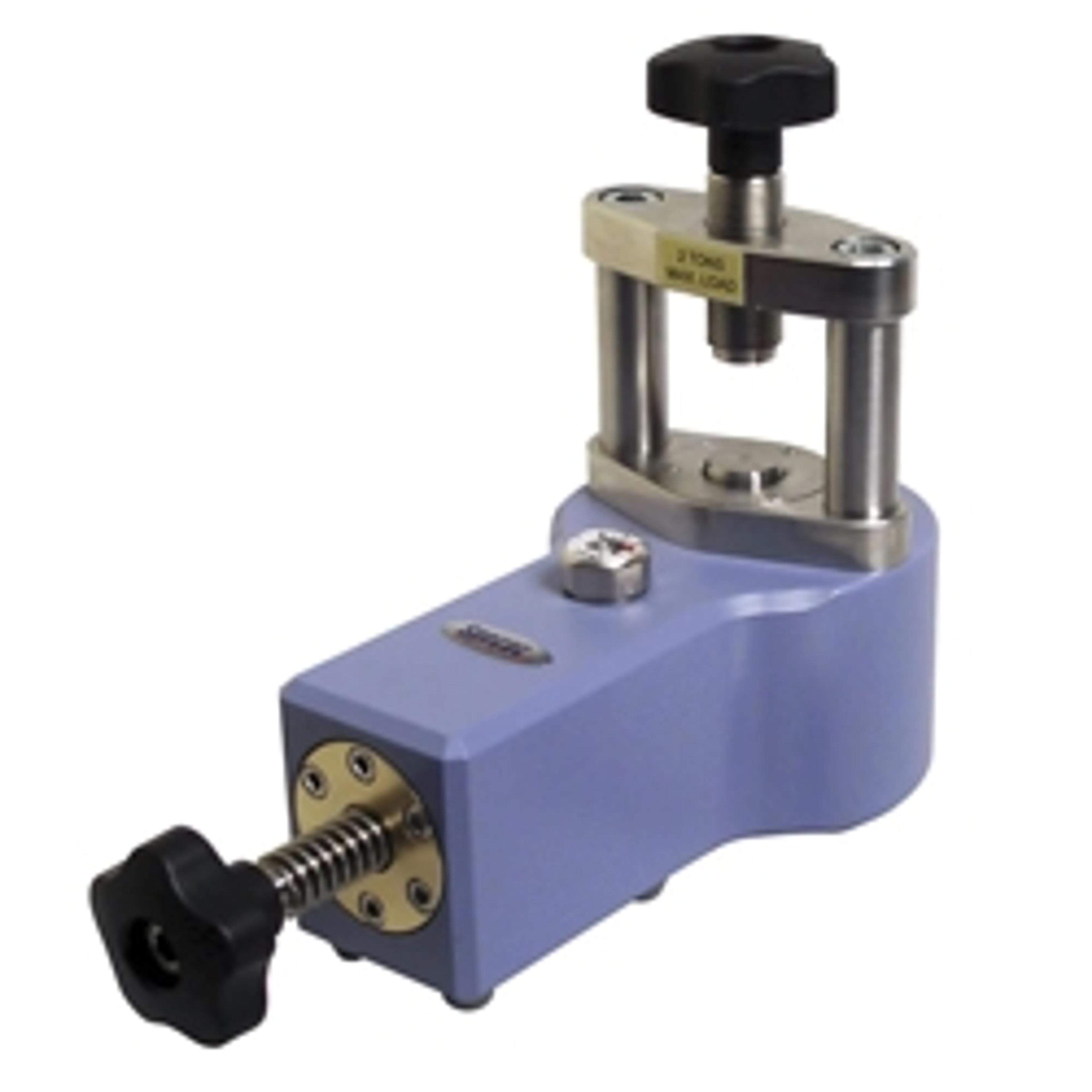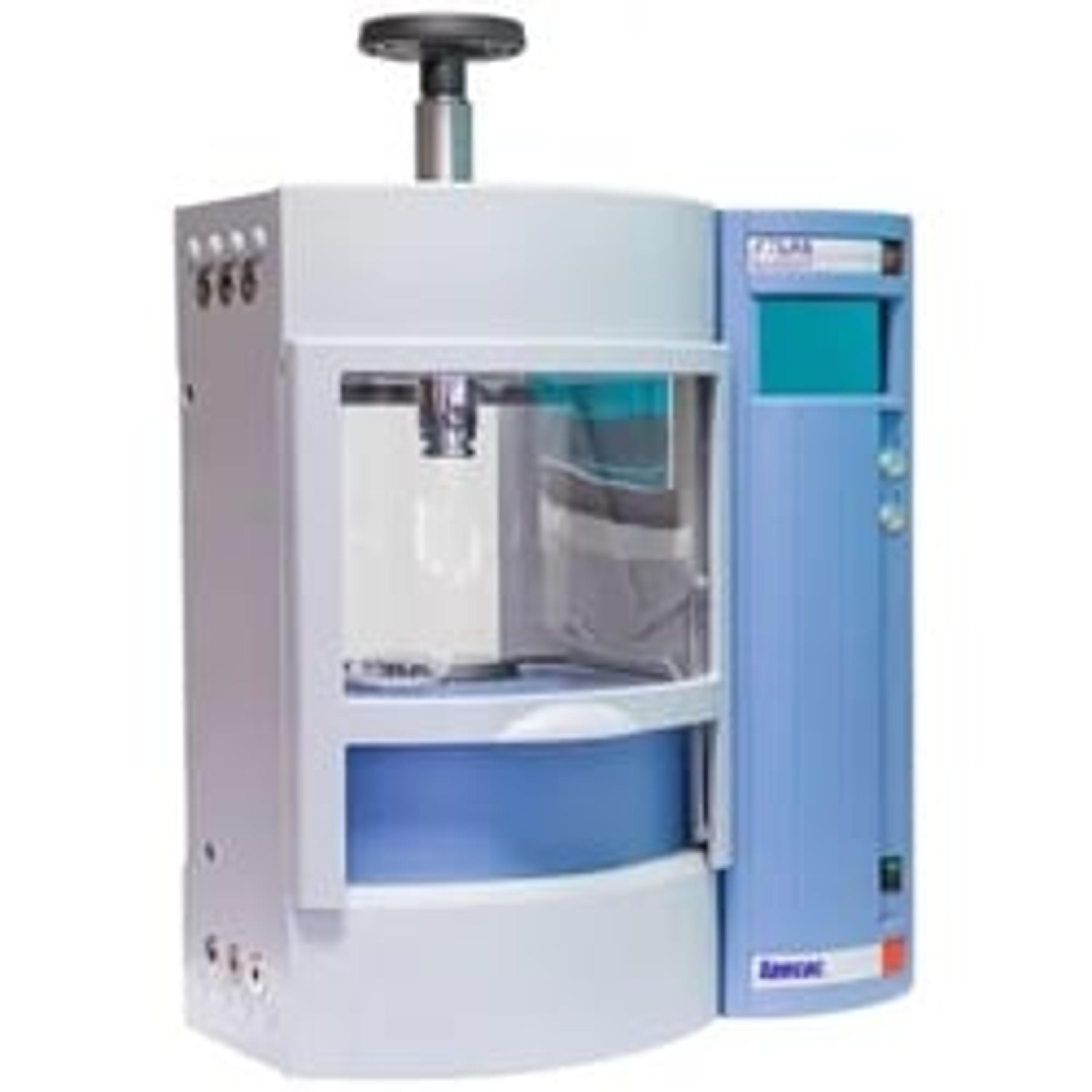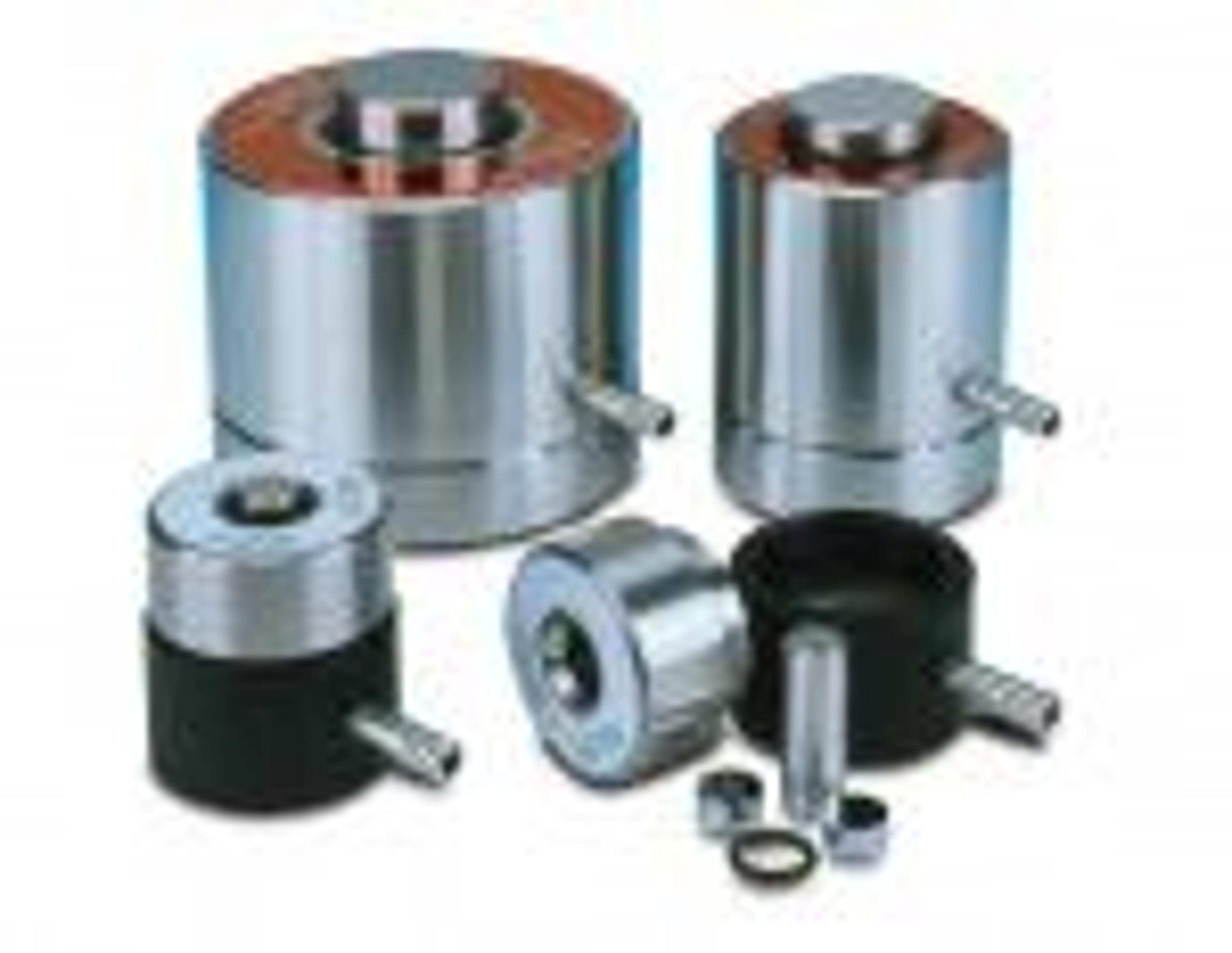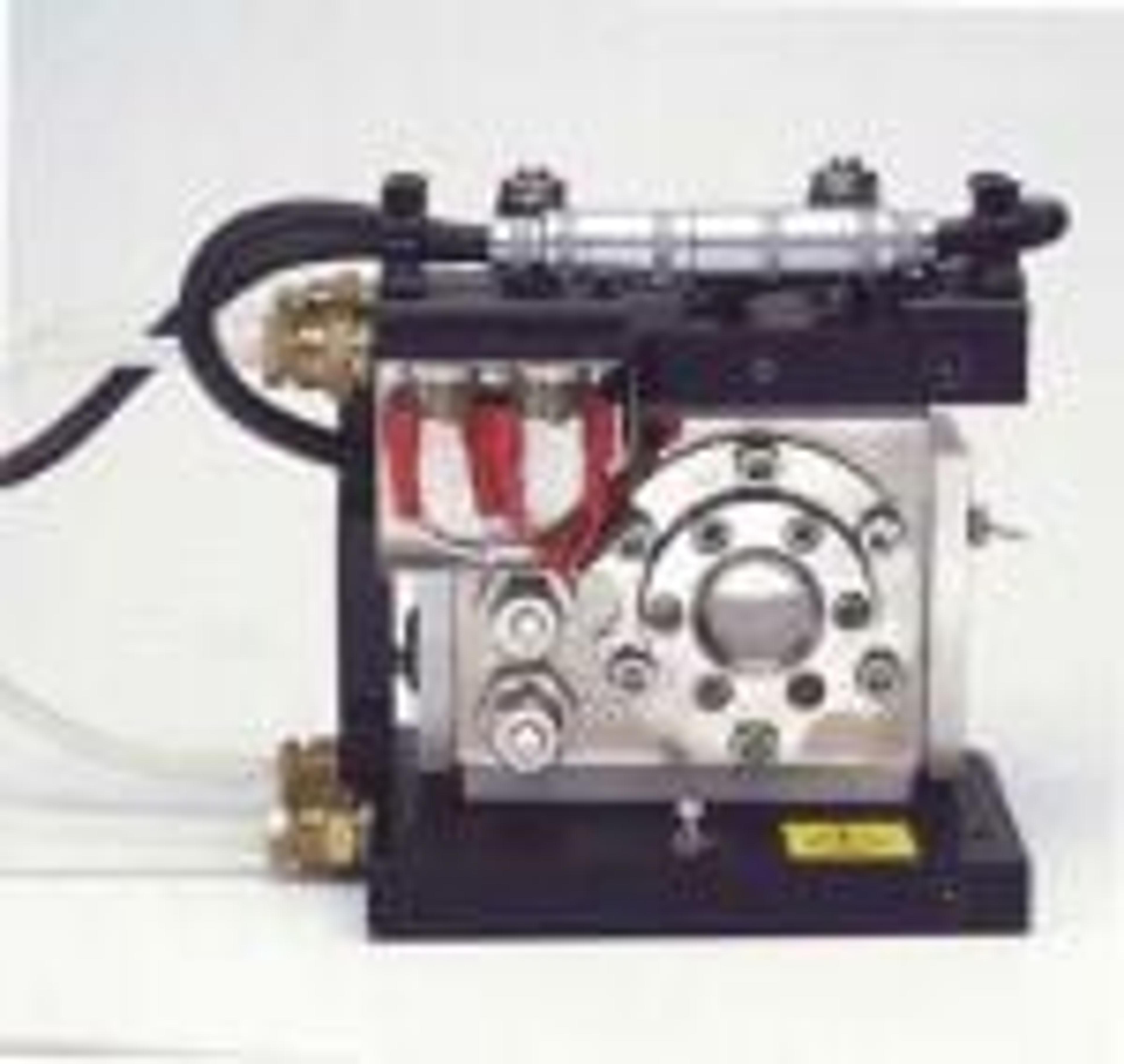Products & ReviewSpectroscopy
Reaction Cell Golden Gate® ATR Accessory
The In-Situ Reaction Cell for the Golden Gate® ATR is used for monitoring liquid reactants by single-reflection ATR spectroscopy. The stainless steel pressure vessel is designed to operate as a reaction vessel with an optional stirring mechanism.
good result
Application Area:
For the retention of catalytic reactions in polymer synthesis
For the retention of catalytic reactions in polymer synthesis, Chemical resistance and real-time monitoring
Review Date: 22 Mar 2017 | Specac Ltd
The In-Situ Reaction Cell for the Golden Gate® ATR is used for monitoring liquid reactants by single-reflection ATR spectroscopy. The stainless steel pressure vessel is designed to operate as a reaction vessel with an optional stirring mechanism.
Features
- Pressurised reaction cell: The 24 ml cell can be pressurised to 2800 psi and heated to 200 °C. It features a cooling jacket and has 1/8th inch Swagelok fittings for in-flow of reactants.
- Resistant materials: The In-Situ reaction chamber can be manufactured from Stainless-Steel or Haselloy, depending on the application. The monolithic diamond ATR crystal is robust and chemically resistant.
- Optional stirring device: A motorised variable speed stirrer with sapphire shaft and integrated pressure cap is available as an option.

